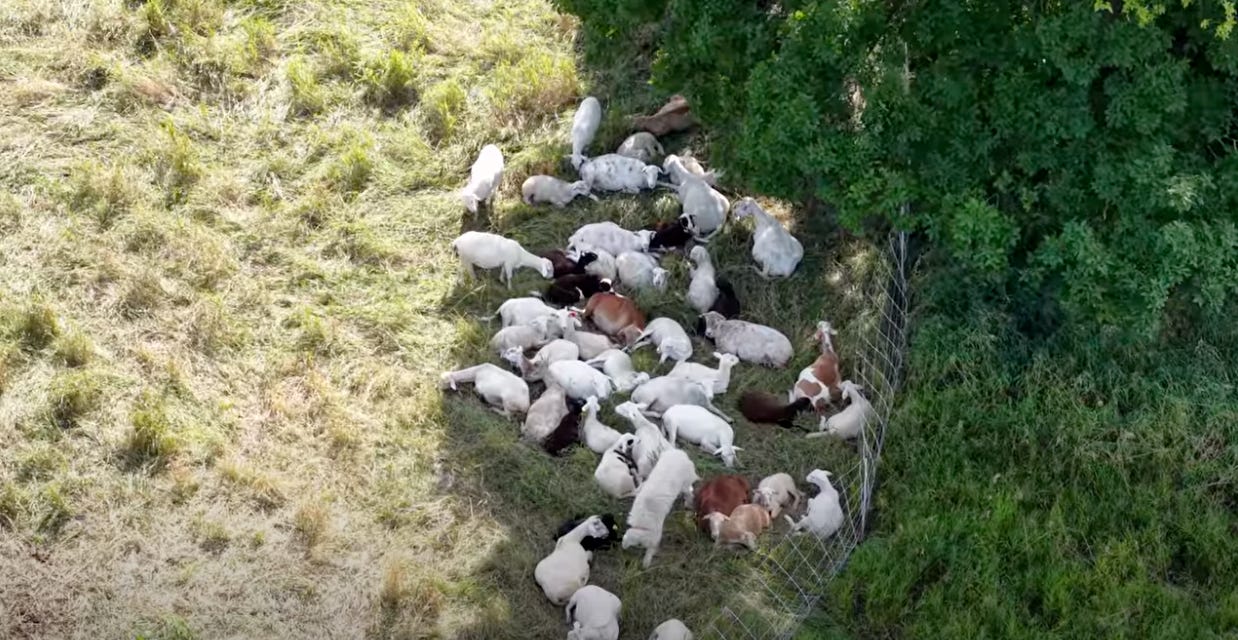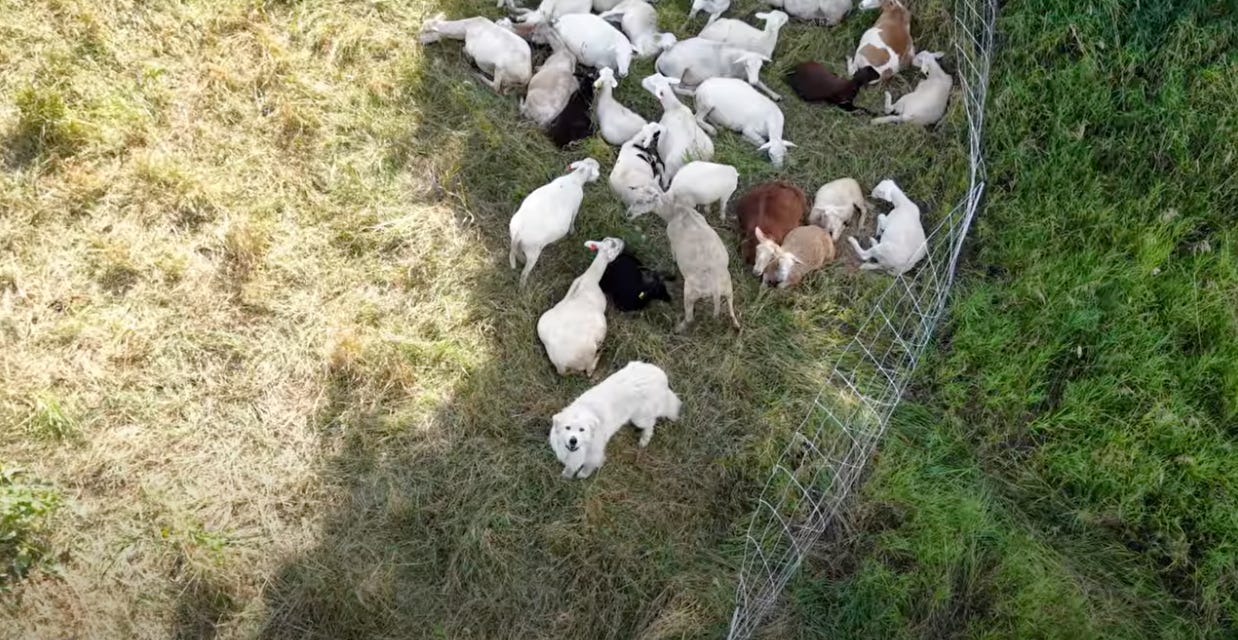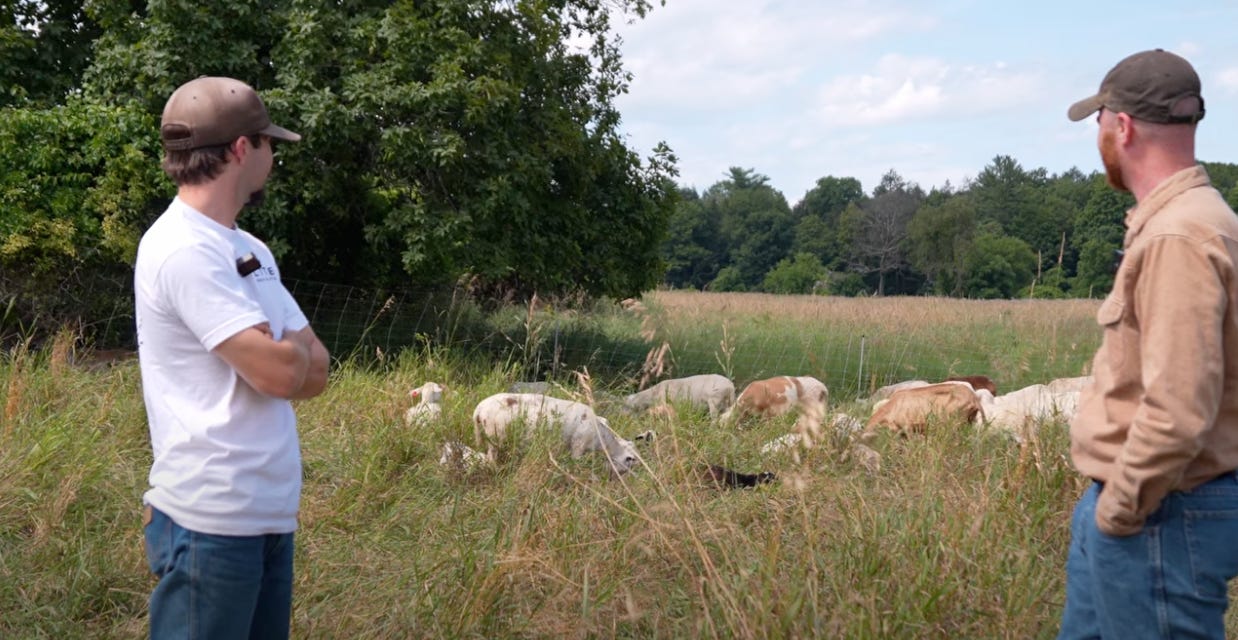From Vegetarian to Sheep Rancher: How One First-Generation Farmer is Proving Industrial Agriculture Wrong
A Hudson Valley regenerative grazing success story that'll change how you think about meat production
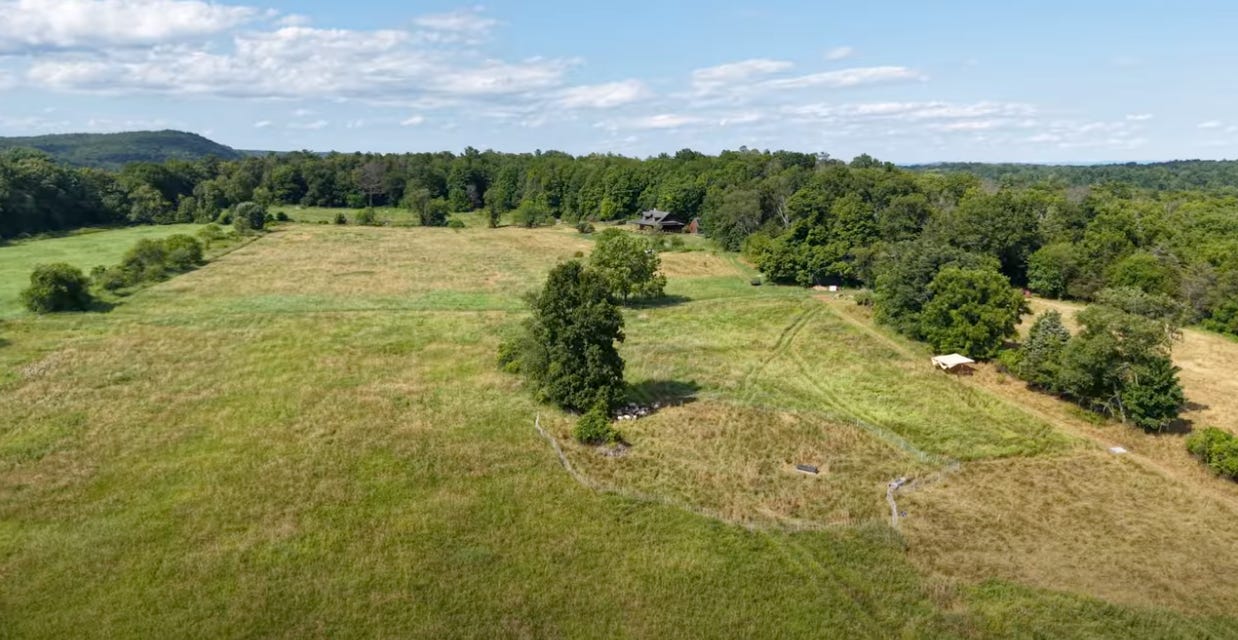
Picture this: a guy who spent years avoiding meat because he thought "animals weren't good for the planet" is now running one of the most sustainable sheep operations I've ever seen in New York's Hudson Valley.
The Awakening That Changed Everything
Michael from Little O Ranch and Livestock Co. didn't grow up in agriculture. Nobody in his family farmed. He was actually one of those people who'd fallen into the whole "livestock is destroying the environment" narrative and spent years eating fish but avoiding all other meat.
Sound familiar?
But then something clicked. Michael started digging deeper into regenerative agriculture and discovered what we Rebels have known all along – that it's all "a bunch of bull." The real problem isn't animals; it's how we manage them.
After traveling across the country and following regenerative operations like Carter Country Meats in Wyoming, Michael had his lightbulb moment. He was going to start his own operation. And he was going to do it right.
Why Sheep? The Smart Starter Choice
Here's where Michael's story gets really interesting for aspiring farmers. He chose sheep for all the right reasons:
Lower barriers to entry: Sheep cost way less than cattle – both upfront and ongoing. While some cattle operations are dropping $250-300 daily on feed, Michael's grass-fed, grass-finished approach eliminates that expense entirely.
Less infrastructure needed: No massive barns, no complex handling systems. Just good fencing and smart grazing management.
Higher stocking density: You can run way more sheep per acre than cattle, which matters when you're working with smaller properties like most of us have access to in the Northeast.
Faster management: Michael works off-farm and can still manage his flock effectively with once-daily moves.
The math just makes sense for someone starting out.
Leased Land Success: The New York Farmland Finder Connection
Here's something that'll give hope to land-hungry Rebels everywhere – Michael's entire operation runs on leased property. He found his 45-acre Hudson Valley spot through New York Farmland Finder, a website connecting property owners with farmers.
The landowner had previously run cattle using mob grazing and high-density methods, so when Michael reached out looking for pasture as his flock grew, it was a perfect match. Sometimes the universe aligns, you know?
What started as a drought-year test run turned into a full partnership. Now Michael runs his main operation here year-round, only moving back to his original 15-minute-away property for wintering and lambing.
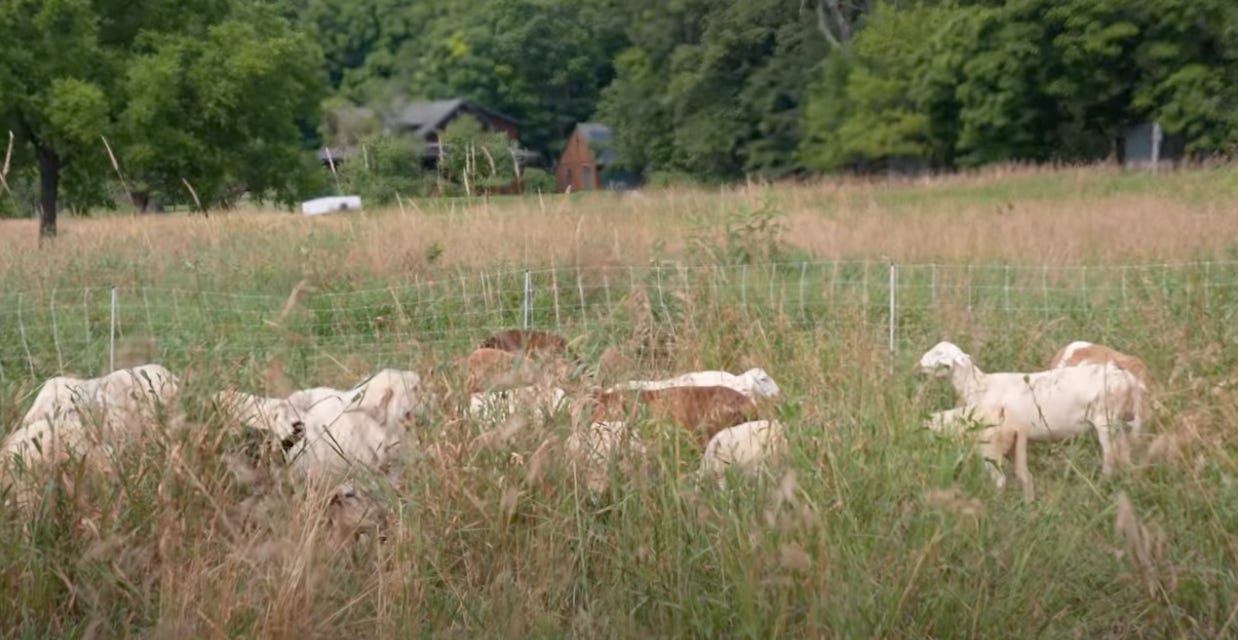
Regenerative Grazing in Action: The Daily Dance
Walking through Michael's operation, you can see regenerative principles playing out in real time. His 51 sheep (28 ewes and 31 lambs) get moved to fresh paddocks daily using electric netting. They're getting less than a quarter-acre per day, which creates the high-impact, short-duration grazing that mimics how animals moved naturally before we managed them.
The results speak for themselves. Paddocks that were grazed 60 days ago are back to knee-high, thick grass. But here's the key – Michael's giving them full-season rest. No quick rotations back. The plants get to express their full growth cycle, build deeper roots, and store more carbon.
"We won't be back on this all year," Michael explained as we walked through a recently grazed area where the grass was properly trampled and eaten down. "That's what sparks the root system to extend out into the soil. You'll start to grow soil health and add carbon."
The Waylon Factor: Guardian Dog Magic
You can't talk about this operation without mentioning Waylon – the big white teddy bear Great Pyrenees who lives with the flock 24/7. This dog is the definition of "work smarter, not harder."
Waylon sleeps most of the day and patrols at night, keeping coyotes (the main predator concern in the area) at bay. During lambing season, he even barks at hawks and eagles. The sheep trust him completely, and he's got their backs around the clock.
"Generally, coyotes won't bother us, but he's just kind of the backup plan," Michael said as Waylon dozed contentedly in the shade with his charges.
Natural Everything: From Weaning to Harvest
What really struck me about Michael's approach is how he lets nature do the heavy lifting wherever possible.
No forced early weaning – lambs stay with their mothers until they naturally separate.
No barn lambing – everything happens on pasture in late April and May when the grass is most nutritious for lactating ewes.
Even harvest happens on-farm.
Michael works with Stratton Meats, who travel to the property so the lambs "never leave the ground they were born on." No trailer stress, no scary processing facility smells. One quick moment, and that's it.
"Taking a life is always impactful and shouldn't be taken lightly," Michael said. "If more people saw small operations like this that put the care of the animal first, it would change some people's minds."
The Biodiversity Bonus: Milkweed and Monarchs
Here's something that challenges conventional wisdom – Michael's pastures are full of milkweed, which most sheep people will tell you is "poisonous." But watch his flock, and milkweed is actually one of the first plants they go for.
The truth? Plants are only toxic when they're the only thing available. In a diverse pasture system, sheep can handle milkweed just fine. And that's great news for monarch butterflies and bees, who depend on those purple flowers.
"A lot of people would want milkweed out of their pastures, but it's good for bees, good for monarch butterflies. If the sheep eat it, I don't care what it is," Michael laughed.
This is regenerative thinking in action – working with natural systems instead of against them.
The Growth Plan: Scaling Thoughtfully
Michael's not standing still. By year's end, he's planning to add 10-20 more ewes, bringing his breeding flock to 30-48 mothers. That should give him 50-70 lambs annually – a solid 130-170% lambing rate that'll make the operation more financially viable while staying manageable for someone working off-farm.
The beauty of his sheep-on-leased-land model? It's scalable without massive capital investment. Find more pasture, add more sheep, maintain the same regenerative practices.
What This Means for Food Freedom Rebels
Michael's story demolishes so many myths about sustainable farming:
✅ You don't need to inherit land – leased ground can work
✅ You don't need massive startup capital – sheep beat cattle economics
✅ You don't need to quit your day job – off-farm income can bridge the gap
✅ You don't need to compromise animal welfare – natural systems work better
✅ You don't need to destroy the environment – regenerative grazing builds soil
Most importantly, you don't need to buy into the lie that animal agriculture is inherently bad for the planet. Michael's flock is sequestering carbon, building soil biology, supporting biodiversity, and producing nutrient-dense food – all while living their best sheep lives.
The Real Revolution is Happening in Places Like This
Every time I visit operations like Little O Ranch, I'm reminded that the real food revolution isn't happening in boardrooms or laboratories. It's happening in places like the Hudson Valley, where first-generation farmers like Michael are proving that there's a better way.
A way that works for animals, land, farmers, and eaters.
A way that doesn't require choosing between environmental stewardship and high-quality protein.
A way that builds instead of depletes.
If Michael can go from avoiding meat to raising some of the most ethically produced lamb in New York – on leased land, while working off-farm, in just two years – what's your excuse for not supporting farmers like him?
Ready to shake the hand that feeds you? Start by finding farms like Michael's in your area. Visit. Ask questions. Buy direct.
Because every dollar you spend on regeneratively raised meat is a vote for the kind of food system we actually want to live in.
Want to see more farm tours like this? Hit that subscribe button and join 2,847 food freedom rebels getting the real story about regenerative agriculture delivered weekly. No industrial ag propaganda – just the truth about farmers who are healing the land one paddock at a time.
P.S. – If you're in the Hudson Valley area and want to try some of Michael's lamb, you can find Little O Ranch and Livestock Co. doing direct-to-consumer whole and half shares. This is what grass-fed, grass-finished, stress-free meat actually tastes like.


